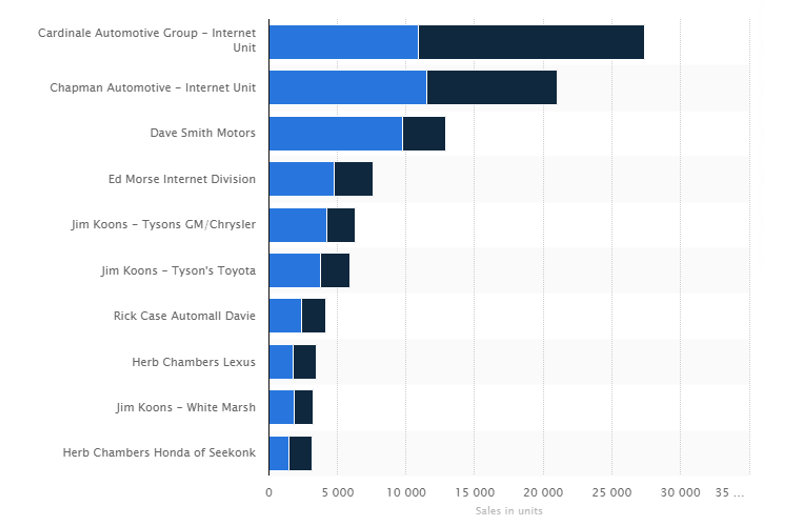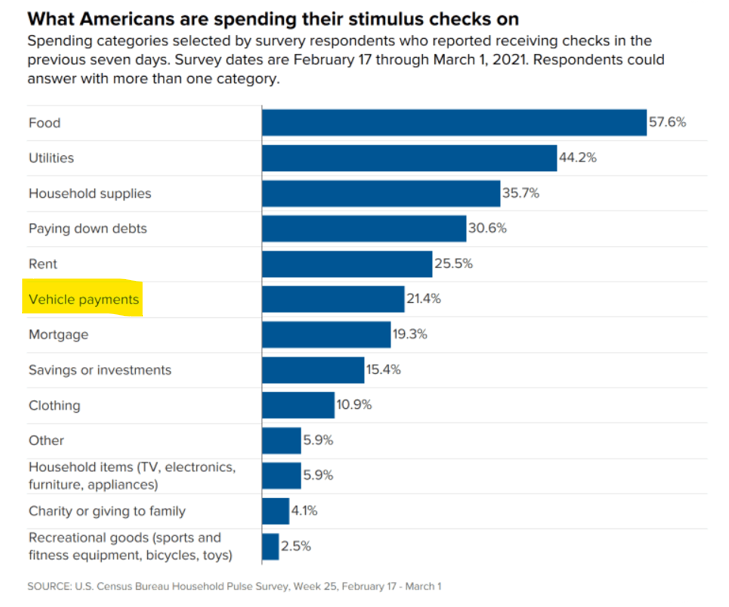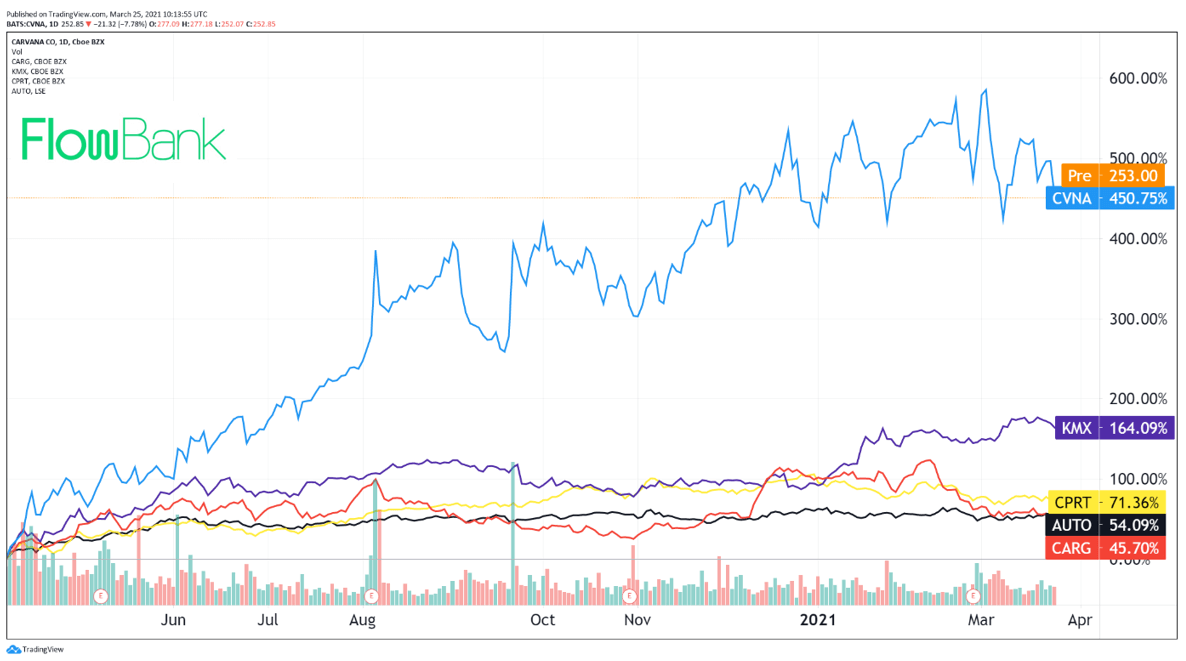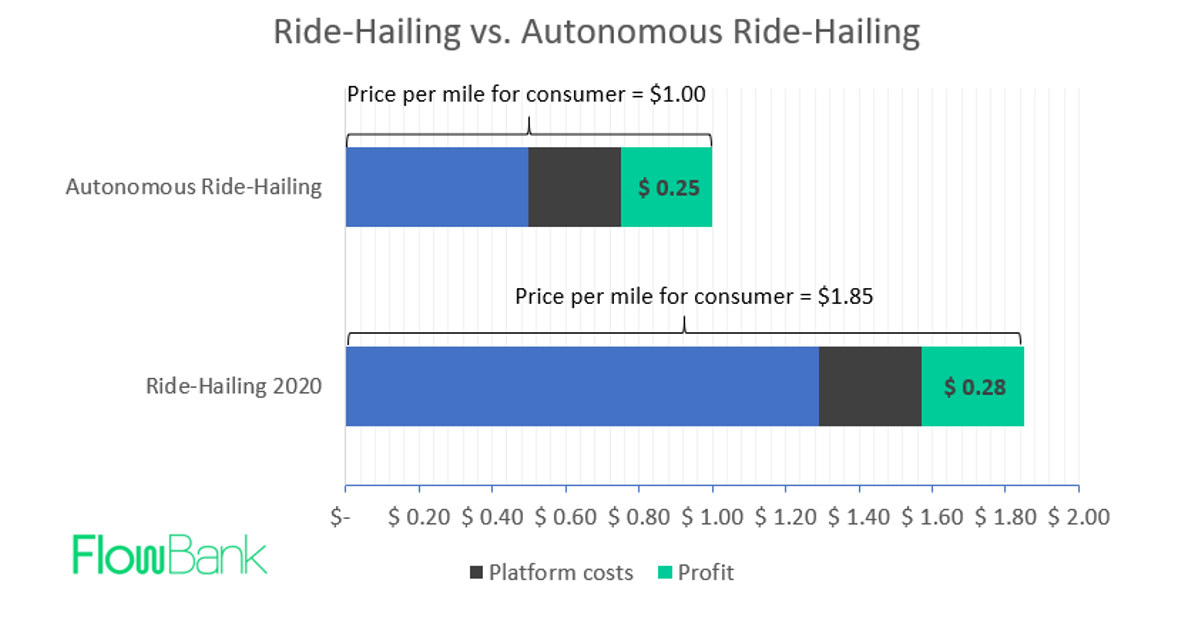With the shopping world now online, it is likely that your next car will be bought or sold via an online auto retailer. The trend has been amplified by the pandemic, but was already in the works years before. Learn about this trend and how to capitalize on it:
Odds are you will buy your next car online (and probably an electric one)…
As you know, technology is cornerstone to modern life from EV to online shopping. Your car might have a touchscreen, you might even have bought it online (or if not this one, then the next one), and eventually it will drive itself. The current EV trend plays an important role in the online car retailing space because this is where a large chunk of the demand is taking life.
Online car shops will continue being market makers, recyclers and liquidity enhancers as consumers begin selling off their gasoline cars (online), to buy EV cars (online). Carvana for example, is powering the trend of upcycling cars with the potential to recirculate more than 600,000 vehicles.
While new cars are still sold primarily by incumbent carmakers, and their dealer networks, buying used cars is what companies like Carvana are going after, and business is good. These car-tech companies have made it very easy to buy a vehicle online, and you can do it from your phone now. KPMG research shows that more than 60% of people show a preference for online shopping and that 56% of people search for their next vehicle online, and not at a dealership.
Are automakers selling online?
Tesla is showing the world that automakers can succeed in direct-to-consumer sales now. Other established brands with dealer networks are now edging into direct sales with subscription programs and going online as shown below. As dealerships die off, there will be a consolidation within the dealer network with less players and more online selling and buying.
The graph has two stacked blue columns; the column on the left hand side are new cars sold, while the right hand side are old cars sold. Incumbent automakers now have an opportunity to work with dealers to improve both the customer’s experience and dealer economics, but they are clearly moving online.
Figure 1: major car dealers selling increasingly through online infrastructures

The online car selling business tailwinds:
Stimulus checks
According to a U.S. census survey, households are using their stimulus money for a variety of purposes, but vehicle payments is high up on the list as showcased in the graph below. This ranking shows how much cars are central to people’s lives, and how much the stimulus will boost auto related payments, sales and more. It is hard to deny that money is not flowing into the auto industry right now, and all this as we enter the Spring, a period well known for increased car sales according to industry experts.
Figure 2: where the stimulus package is going and how the used car business can benefit
End of lockdowns
The problem with lockdowns is that people have limited mobility. Rid the world of lockdowns and unlock the next auto industry cycle. According to an article by McKinsey however, buyers will be looking for deals coming out of the pandemic. The buying process will involve an online component whether to search or complete a purchase going forward so dealers will need to continue building and expanding remote selling infrastructures.
So far only 14% of dealership websites allow people to sell their cars through their company’s website and 22% of dealerships allow buying. These numbers clearly indicate that dealerships are going to lose out on the next wave to the benefit of already established online car sellers explored further below.
Suburban life-style, or general homeownership momentum
Zillow’s recent research indicates, contrary to popular belief, that there is just as much growth in the urban housing market as there is in the suburban one. Though suburban housing markets have seen extra attention this year as people exit expensive cities like San Francisco, Zillow believes this trend was already underway before the pandemic.
Nevertheless, an increased number of people moving to suburbs is reflected somewhat in increasing housing prices. What the conclusion of the study really indicates is that people see the pandemic as a good time to move, not to forget a period of low mortgage rates last year, and increased household savings. Who is to say homebuying won’t ripple into the auto market as folks seek to fill their driveway with an environmentally sensitive vehicle?
Biden’s Tax credit incentive to buy EVs
EV sales are still only a small percentage of total auto sales, but a recent bill signed into law by President Biden will give a tax credit of $7,500 to each EV car owner. This is huge—in the US tax system if you were asked to hypothetically chose between a tax credit, an allowance or an exemption, you should pick a tax credit because it offers the greatest net subtraction to your taxes payable—so thank you Biden. This type of incentive should push people to buy their used cars, electric thus reinforcing this combo trend of EV + online car selling.
How to play the online car buying trend
Carvana is the amazon of car selling right now. Leading the online auto-sales pack, the firm was the fastest growing automotive retailer in 2020 and became the second largest used auto retailer in the US. In one year, retail units sold jumped 43%, revenue jumped 65% to $1.83 billion, and gross profit rose 71%. But with all this growth, and network expansion, the company saw net losses increase to $155 million last quarter.
The online auto-sales marketplace saw last quarter’s revenues rise to $151.55 million from previous 2020 quarter, but shrank slightly from a year earlier. The quarter's revenues beat expectations but an earnings per share of $0.22 fell short of the forecasted $0.27. Gross profits fell from the same time last year to $509 million but the firm saw a net income of $77.6 million outpace 2019’s $42 million level. Overall, profits keep showing impressive growth potential. The PE ratio is 34X, with a PB ratio of 7X and a smaller PEG of 0.41X.
CarMax is America’s largest used-car retailer. Its PE ratio is 28.1X, its PB is 5X and it sees an EPS of $1.42. With revenues of $20 billion in 2020 growing from 2019 and net income equal to $751.91 million, the company boasts of a 164% year over year share price growth. The share price as of this writing is $128.35.
If you have ever wondered where totaled cars go, look no further than Copart. Copart is a global provider of online vehicle auction and remarketing services—they help insurance companies auction off cars and they take 10% commission fees. Copart is currently priced at $105.90 and trades $25 below its 52 week high seen in November. Their net income and revenue figures have shown very impressive growth in the past couple of years and with a PE ratio of 36X and EPS of $2.95.
Auto trader group is a British automotive company specializing in new and second hand automotive sales. Its share price rose 45% over the past year and revenues are forecasted to grow 17% and earnings, 26.5% into the coming year. The company has a PB ration of 14.5X, a PEG of 1.3% and PE of 34.7X indicating investors are ready to pay a premium to own the stock.
Figure 3: Online car selling peer comparison by share price % performance return

Caveat trend: car sharing!
Robo taxis should no doubt expand the ride-hailing market to include self-driving vehicles in the future. According to Ark Invest research, adjusted for inflation, the cost to own and operate a personal car has not changed since the Model T rolled out in the 30s. By 2025, the cost of autonomous taxis could revolutionize all that and crush the cost to one quarter dollar. The non-autonomous ride hailing market today generates $150 billion in revenues worldwide and the price per mile for consumers is $1.85 with profits made of $0.28 per mile. On the other side, autonomous ride-hailing would keep profit around the same levels ($0.25 per mile) while substantially decreasing the price consumers pay to about half or $1.00 per mile.
Figure 4: showing the cost savings provided by an autonomous taxi hailing service






